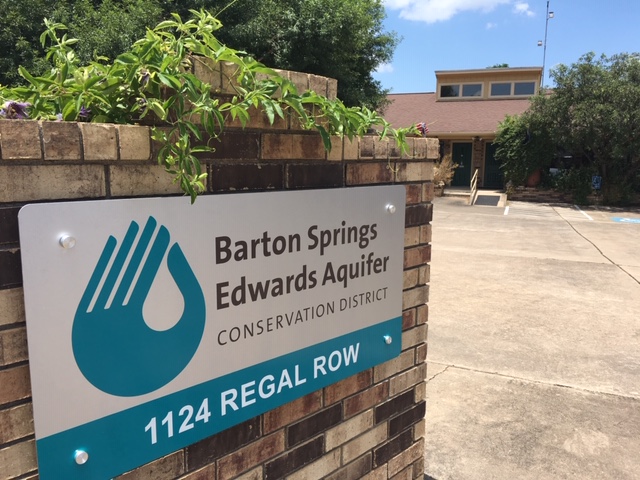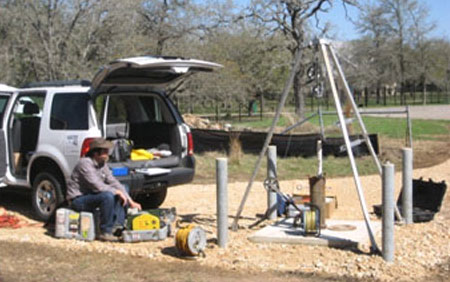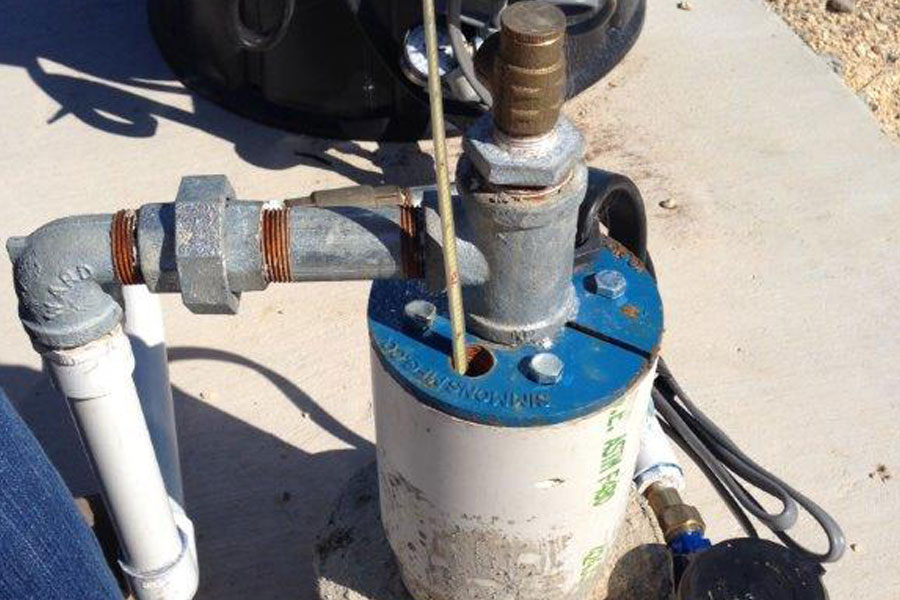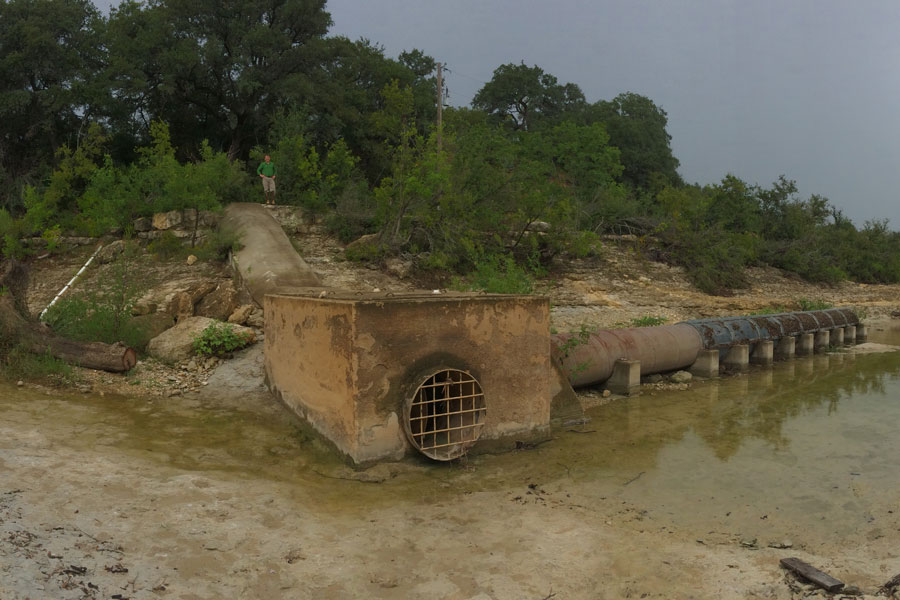Hydrogeology of the Saline Edwards Zone, Southeast Travis County, Central Texas
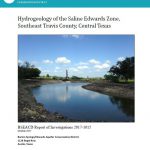 Report: View
Report: View
Topic: Saline-Water Zone/ASR
Source: BSEACD Report of Investigations 2017-1015
Format: Report of Investigations
Year: 2017
Summary
Increased demand for water in central Texas is causing water users and providers to look for additional sources of water. The saline portion of the Edwards Aquifer (saline Edwards Aquifer) has often been mentioned as a source of water for desalination or aquifer storage and recovery (ASR). The resource has not previously been considered by large water suppliers because of limitations of data, regulatory framework, and fear of saline encroachment into the freshwater Edwards. Recent legislative efforts combined with hydrogeologic and engineering studies have renewed interest in the saline Edwards Aquifer.
This report documents a hydrogeologic study conducted by the Barton Springs/Edwards Aquifer Conservation District (District) of the saline Edwards Aquifer in southeastern Travis County providing baseline information for an engineering study of desalinization and ASR. This hydrogeologic study is part of an engineering study is conducted by Carollo Engineers, Inc. and is partially funded by a Texas Water Development Board (TWDB) regional facility planning grant and the District.
In August 2016, a multiport monitor well was installed to a depth of 1,100 ft through the entire saline Edwards Aquifer with 18 permanently isolated zones from which head, water chemistry, and permeability data can be collected. Four zones were completed in the units overlying the Edwards Group and 14 zones were completed within the Edwards and associated units. Data collected in the multiport well allow for the detailed hydrogeologic characterization of the various units.
Hydrostratigraphy
Drilling properties, cuttings, geophysical logs, and multiport well data help to describe the hydrostratigraphy of the saline Edwards Aquifer. Data indicate confining units above the saline Edwards Aquifer include the overlying Taylor Clay, Austin Chalk, Eagle Ford (Zone 18), Buda (Zone 17), Del Rio Clay (Zone 16), and the Georgetown Formation (Zone 15). The top of the Edwards Group is at a depth of 564 ft from the surface. The saline Edwards Aquifer is defined in this study to include the Person Formation (Zones 12-14, 111 ft thick), Kainer Formation (Zones 3-11, 340 ft thick), and the top of the Upper Glen Rose (Zones 1 and 2; 75 ft thick). Zone 12 at the base of the Person Formation is the regional dense member (RDM, 22 ft thick) and appears to be an aquitard separating the Person and Kainer Formations. The Walnut Formation (Zone 3, 42 ft thick; aka Basal Nodular Member) has relatively low permeabililty and may also be an aquitard between the Edwards Group and the top of the Upper Glen Rose units.
Head values
Depth to water from land surface in the Edwards zones varied from 36 to 38 ft after conversion to freshwater equivalents. The highest heads within the Edwards are within the Kainer Formation (Zones 4-11) which are about 2 ft higher than the overlying Person Formation (Zones 12-14). This vertical distribution of heads appears to be similar to the data presented in the Kyle transect wells to the south (Thomas et al., 2010). Lateral gradients indicate that heads in the saline zone are generally higher than in the freshwater Edwards, especially during drought conditions. This suggest that the flow potential is from the saline zone in the east to the freshwater zone in the west. During wet periods there is potential for the gradient to reverse. However, there is a time lag in head changes between the saline and freshwater Edwards.
Permeability
Slug testing data indicate transmissivity values range over orders of magnitude between 0.02 and 15,000 ft2/day in the saline Edwards units. Cuttings and thin sections indicate the majority of the Edwards Group from the borehole to be dolomite or dolomitic in composition and contain a high degree of intercrystalline and moldic porosity. Estimates of well yield in this study indicate the Person Formation (Zones 14 and 13; 79 ft thick; 2,470 ft2/d) and Kainer Formation (Zones 4-11; 271 ft thick, 7,140 ft2/d) could have well yields greater than 1,300 gallons per minute (gpm) and 4,300 gpm, respectively.
Geochemistry
Geochemical data compiled for this investigation illustrate that the composition of groundwater from hydrostratigraphic zones 1 to 11, 13 and 14 is a sodium-chloride type water, with variable concentrations of total dissolved solids. TDS increases from 13,000 mg/L in the Upper Glen Rose (Zone 2, -1,025 ft) to 18,500 mg/L in the Kainer formation (Zone 6, -855 ft) and decreases to 13,500 mg/L at the top of the Kainer (Zone 11, -685 ft). Above the Regional Dense Member aquitard (Zone 12), TDS is less than 9,400 mg/L in the Person formation (Zones 13 and 14, -615 ft and -575 ft, respectively). Although the origin of salinity remains unknown, the geochemical data appear to allow for the elimination of at least two potential sources of salinity: seawater (or residual seawater) and halite dissolution.
Results from this hydrogeologic study indicate that the saline Edwards Aquifer can serve as a source of water for a desalination facility and as a reservoir for ASR.
